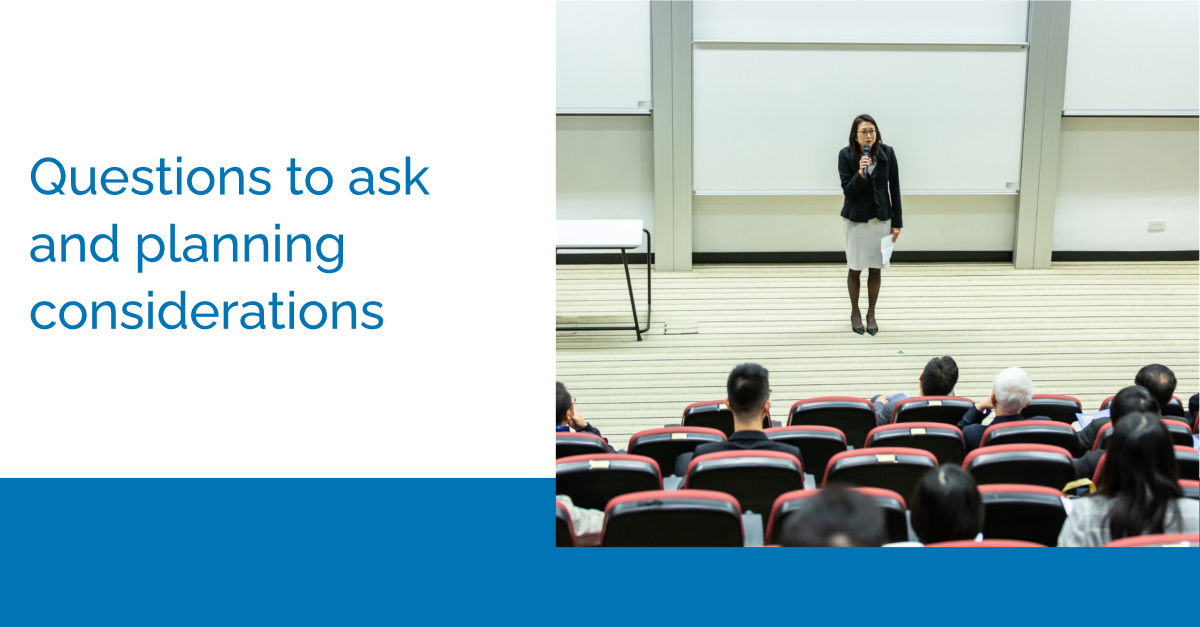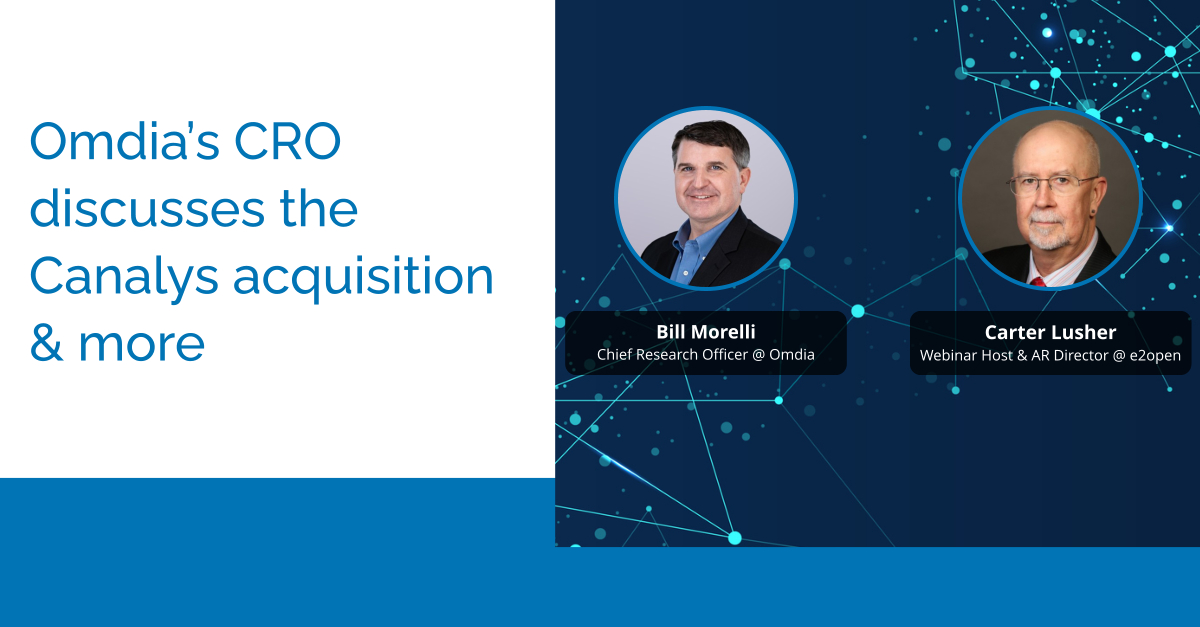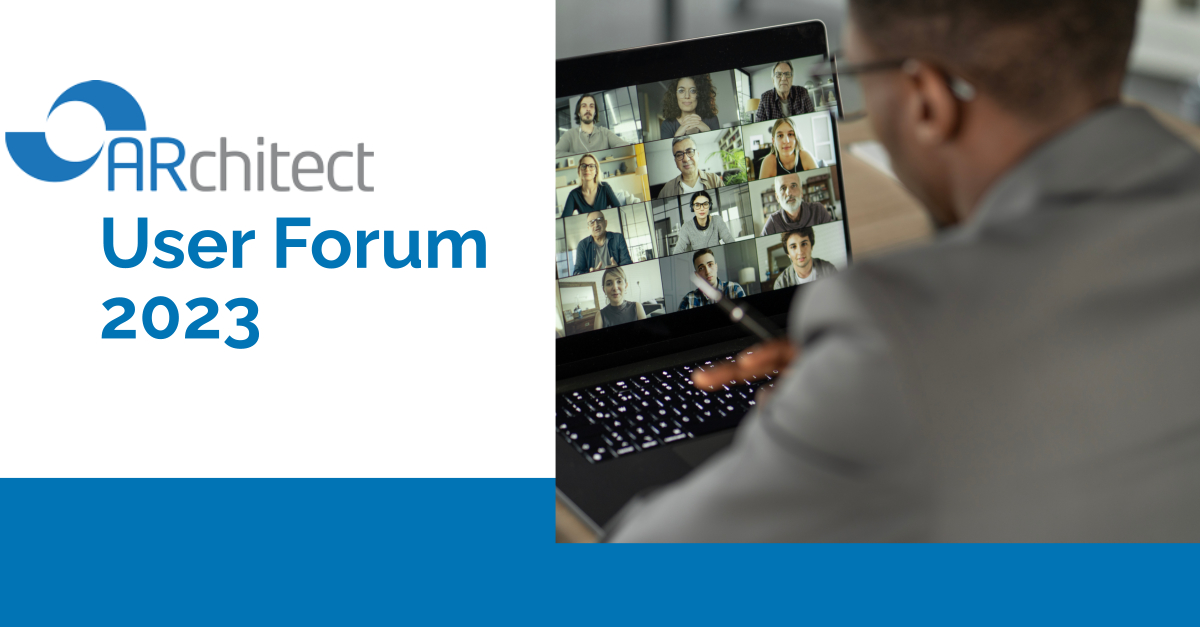We’re thrilled to be back with Part 2 of our all-about-corporate-events series with events expert Amy Turell. Many AR professionals are curious about what makes for a successful analyst event today — and how that will change later on, as the pandemic wanes.
In Part 1 of this series, Amy shared how events have evolved during the pandemic – rapidly going virtual as just one part of many businesses’ “forced” digital transformations. Interestingly, 72% of event planners say their organizations didn’t have a virtual event strategy prior to COVID-19 (per Aventri). Nearly 90%, though, expect virtual or hybrid events to now be embedded in their organization’s long-term strategy.
Amy has described the potential for hybrid events, which combine both in-person and virtual elements and attendees, in a post-pandemic setting. These types of events can harness advanced platforms and technologies – including augmented and mixed reality, and gamification – for an immersive experience.
Click below to listen to Part 2 (10 minutes) of this three-part series with Amy, covering how to create an event roadmap, with a particular focus on hybrid events. We’ve summarized below the key planning stages that Amy mentions. In conjunction with Amy, we’ve also made a sample event planning roadmap available for download below.
As you’ll see above, Amy describes four important stages of event planning:
- The Discovery phase, where you ask key questions about your target audience, what you want them to gain from the event and your own goals. To get an idea of how to prioritize your event and determine your goals, follow the worksheet in Episode 1 of this series. The answers will help you determine whether to host a fully virtual or hybrid event. Either way, it’s important to be hyper-focused on meeting your audience’s needs. In addition, as you look for vendors to help you host and produce your event, Amy also covers important questions to include in your RFP.
- The Contract phase, where you finalize vendor contracts, review anticipated expenses and ensure everyone understands their responsibilities. You’ll also assign an event manager(s) – one for a fully virtual event, and two if your event is hybrid (with one coordinator for the in-person components and another for the virtual ones) – and break down responsibilities.
- The Integration phase, where you’ll integrate your chosen technology platform(s) into your event format. Event managers will also ensure communications and timelines with vendors are on track. Your event’s virtual components manager will put quality control testing mechanisms in place, while the face-to-face manager will handle all on-site elements (connecting with vendors, finalizing food & beverage, coordinating room set-up, etc.).
- The Launch phase, when your event goes live! This is preceded by a “soft launch,” where a test audience previews the virtual program, and an in-person run-through can be conducted as well.
Check back soon for Part 3 – the final installment – of this series with Amy, where we review important considerations for your event’s launch date.



